What if the rose has turned into a rosehip?

A beautiful rose can turn into a prickly wild - this is not a plot for another folk tale. This is a real reality that can happen in your garden. Yes, at one point, a rosehip may appear in place of a gorgeous bush of your favorite rose.
Let's talk about why this happens to the queen of the garden, and what needs to be done so that the rose does not grow into a rosehip. We will also tell you how to return decorativeness to your favorite flower.

Reasons for rebirth
Any rose turns into a rose hip for several reasons. Their specialists were combined into two groups.
- Rose grafting errors. This may be an incompatibility between the scion and the rootstock, an unsuitable place for grafting, or when, during this procedure, rosehip buds remain under the scion. They will give wild growth rather quickly, since the shoots of the "aggressor" are rather "gluttonous". Wildlife picks up almost all useful elements, leaving almost nothing for pink shoots.
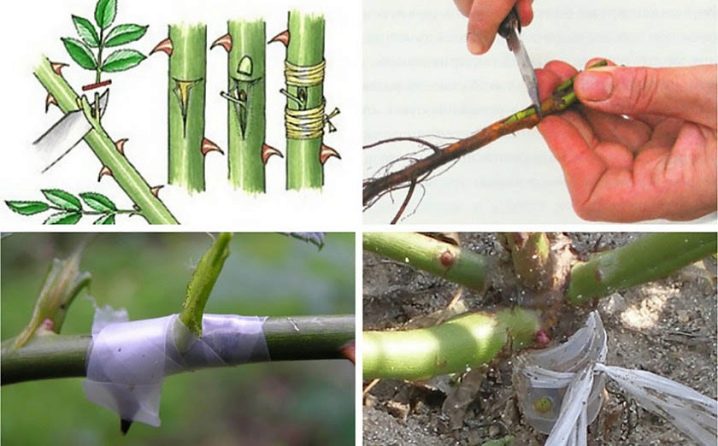
- Errors in agrotechnical measures. Violations of the agrotechnology of growing roses can lead to a weakening of the scion, and the "aggressor" takes over. Pests, fungi, excessive moisture, improper pruning are all the reasons that lead to the death of a rose (although this is practically not reflected on the rootstock, therefore the rosehip component dominates).
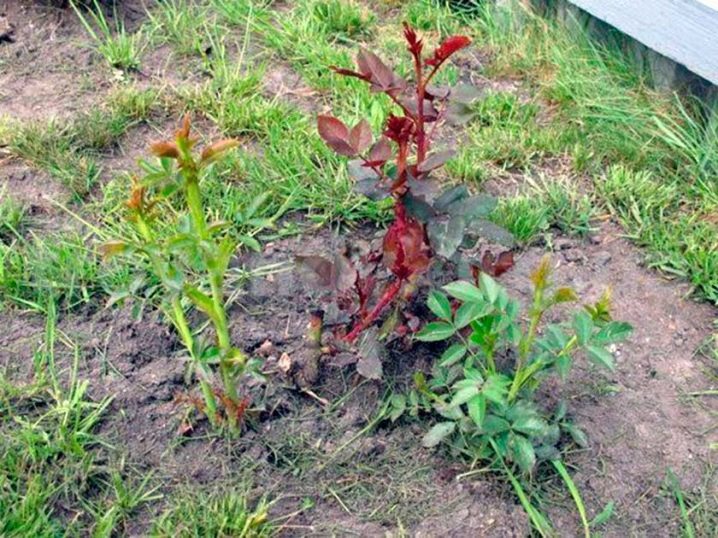
It happens that the stock is so active that it gives new shoots every month. If the bush is not cleaned, they will grow, and as a result, a rose hips will appear in the place of the rose you planted. This process is not quick, but within several seasons, if you do not react to the shoots of the rootstock, rebirth will occur.
It must be understood that the wild representative is stronger than the queen of the garden, and if you do not timely save the rose bush from its shoots, nothing will remain of your favorite flower. This is because such shoots appear in the root of the bush, naturally, they are the first and absorb nutrients.

Hence the power of wild growth, which suppresses the cultivated shoots of the plant. If the gardener does not pay attention to these moments, he will definitely lose the flower. A rose can also turn into a rosehip after a harsh winter.
In general, this is a thermophilic flower. Of course, now there are many frost-resistant varieties of roses, but as a result of severe frosts, it can demolish the upper part of the bush. Then, in the spring, wild growth will begin to break through from the root. You can wait for flowering for years and only then realize that a rose hip bush has formed instead of a rose.
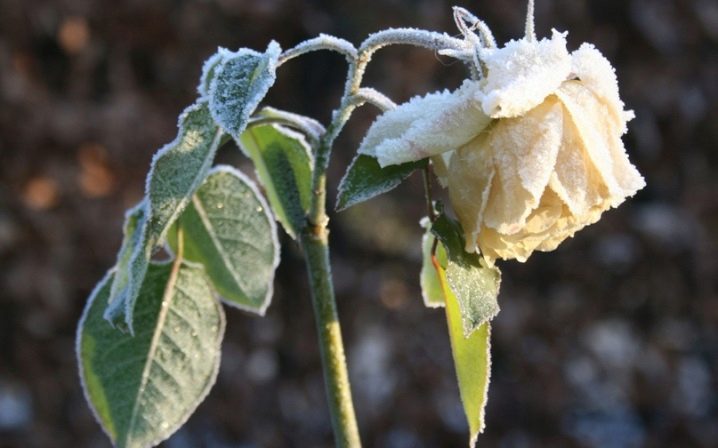
How to recognize a transformation?
It is quite easy to understand that the rose has been reborn. It is important to know about this as early as possible in order to save the flower. Experienced gardeners can identify this by the following signs.
-
Pay attention to the color of young shoots. The shoots of a rose initially have a pronounced reddish tint, then, as they grow, they acquire a green color. Rosehip immediately gives a green growth.
-
Growth and frequency of thorns: The rose has longer thorns and grows along the stem at a distance from each other. Rosehips have shorter thorns, and they are more densely distributed over the stem.
-
The fact that the rose goes into the wild can be suggested by the leaves. In rose hips, they are oblong and matte. Pink leaves with a waxy bloom, denser texture, and have a rounded tip.
-
The transition becomes apparent at the grafting site (the junction of the root and trunk). If shoots appear below the thickening, these are rose hips: they grow from the root of the bush. All the shoots that are above the graft are the shoots of the rose.
-
Keep track of the timing of flowering. If during the set period the rose bushes not only do not bloom, but also do not form buds, this is an alarming signal. It is necessary to inspect the branches for the growth of shoots. The shoots of the rootstock, which the wild “relative” of the rose, gives, are not capable of blooming.
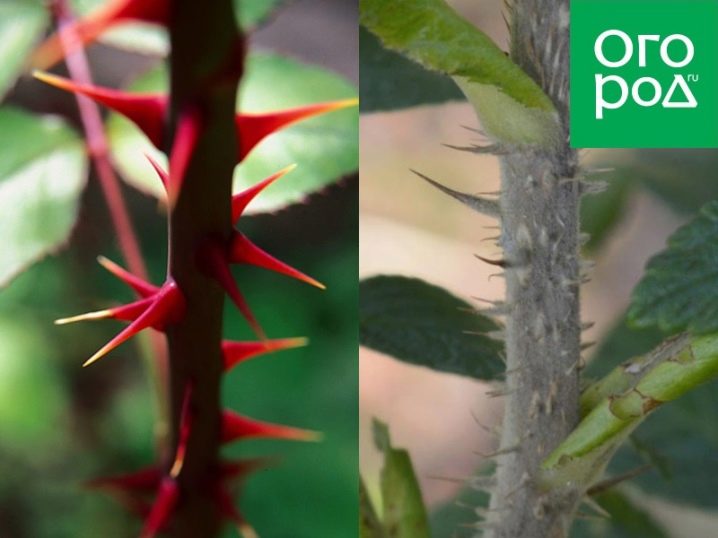
Those who do not know about this feature leave such a bush to grow further in the hope of still seeing flowers next season. Some growers transplant the bushes to another place for the same purpose - so that the rose blooms in the future.
In order not to waste time in vain, it is better to examine such a bush and find out if the cultural part is still alive. If there are only rosehip shoots on it, it is better to dig up the plant and make room in the flower garden for a new rose. It is better to renew the soil in that place before replacing it.
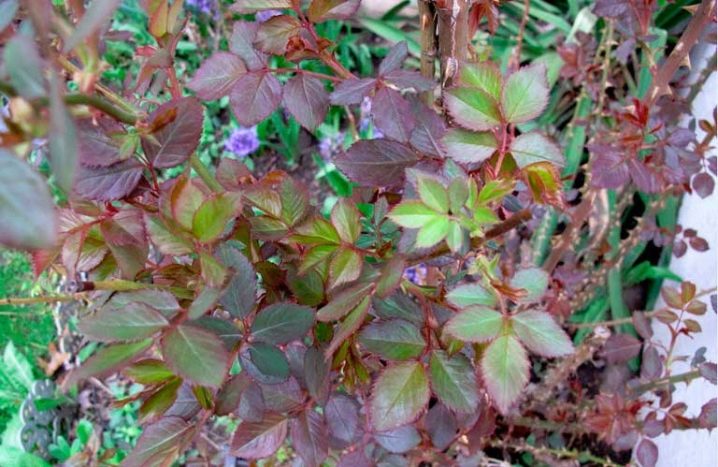
How to return decorativeness?
If a climbing rose has turned into a rose hip, you can try to reanimate it. Such bushes can be saved if not tightened, and in the case when the rose has not completely outgrown and has not completely become a rosehip. We will tell you further step by step what to do and how to fix the state of affairs so that the rose goes to the desired growth.
So, you have found wild shoots - follow this algorithm of actions.
-
It is necessary to rid the rose of a competitor for food. The sooner you find and remove the rose hips, the better. Remove unnecessary shoots by bending them in the direction opposite to their growth - it is easier to tear off the branch from the base of the bush. But at this time, the base itself is held with the other hand so that it remains intact.
-
If you cannot get rid of the wild in this way, you need to clean up the soil and find a vaccination site. Pruning shears cut off the shoots of the "aggressor" at the very base. If cut off at the point of growth, the remaining stump is able to re-start the wild shoot.
-
If it seems to you that there are no rose hips, carefully examine the bush again. It often happens that a wild game perfectly disguises itself as a cultivated plant and cannot be distinguished from a rose.
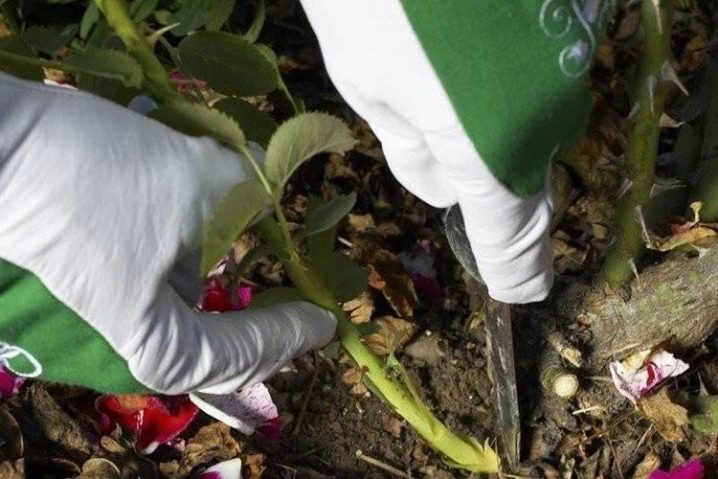
Rosehip shoots can deplete the bush during the spring-summer period and finally "finish off" the rose during the winter. And yet, do not rush to dig out such a bush after the winter "hibernation", even if it seems that the rose is dead. Cut the trunks, water the flower with any growth stimulant and cover with a plastic bottle (after cutting it in half).
Some growers also use glass containers for this. If the rose is alive, soon it will let you know about it and start up shoots from the ground part. To find out if this is the right shoot or a rosehip shoot, look at the graft site to see the growth point.
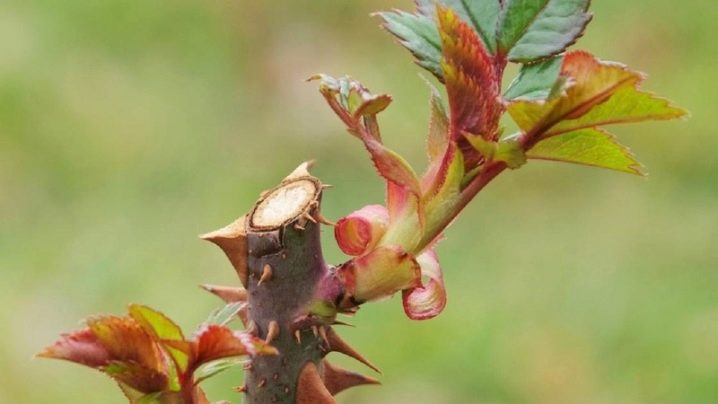
If the shoots grow from the root part (below the grafting), then the rose is dead, and you don't need wild rose hips in the garden - there is no use for it. And if the shoots went above the grafting, the rose revived and now needs increased attention.
If only wild shoots remain on the bush, the chances of returning the decorative effect to the rose are zero. It is better to destroy such a bush immediately in order to make room for other plants or for a new rose bush. If there is at least some chance to revive your favorite flower, you can use it - now you know how to do it.

And then how to prevent a rose from turning into a rosehip. Preventive measures will prevent wild shoots from gaining the upper hand over cultivated shoots.
Prevention measures
To prevent a rose from degenerating into a rosehip, the first step is to inspect the seedlings when planting. At this point, you can see the shoots that grow from the roots - they need to be carefully plucked out or cut off with a pruner.
This simple measure will allow to prevent the “aggressor” wild branches at an early stage of intensive development.
Further, by timely removing the shoots of the "relative" of the rose and providing the flower with proper care, you will save the rose for further flowering.

A few tips for further caring for the rose after planting, which contributes to the growth of the cultivated part of the flower.
-
Watering should be moderate, watered with settled water or collected after precipitation. It is advisable to heat the water in the sun. In the heat, they water no more than twice a week - that's quite enough.
-
For the prevention of diseases in the earliest spring, it is better to treat the rose with special means. In the future, if pests will often attack the bush, treatment with special insecticides is also recommended.
-
It is important to feed the rose on time. During the season - up to 6 times, mainly with mineral fertilizers.
-
To preserve the bush in the winter, you need to cover it - so there are more guarantees that the cultivated part of the plant will survive. Mulching is done (for this they use soil, peat or sawdust) up to 30 cm high.And on top, with severe frosts, they are covered with coniferous branches or agrofibre.

It is important to save the rose over the winter, and after removing the shelter, after 7-10 days, you need to prune. Here it is important to destroy the wild shoots, and leave 4-6 buds on the real branches. In general, compliance with all agrotechnical measures and full care will allow the development of the cultural part.
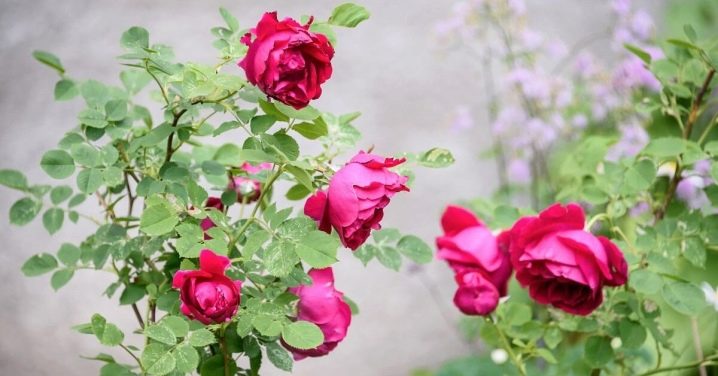

































































































The comment was sent successfully.